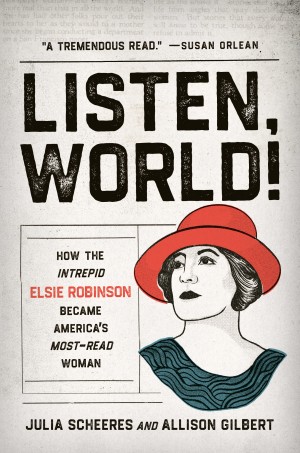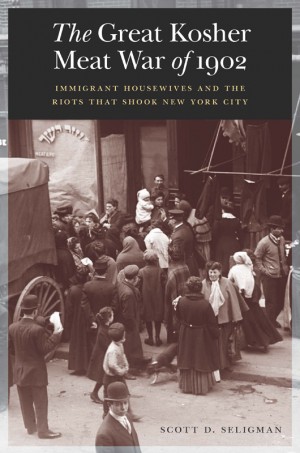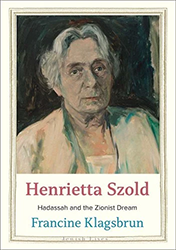Betty Friedan influenced millions of women with her groundbreaking book, The Feminine Mystique (1963). In this new biography, author Rachel Shteir writes about the people who influenced Friedan.
In addition to penning a bestseller, Friedan wrote for publications as varied as the left-wing Federated Press, a newspaper started by trade unions in 1919, and mainstream women’s magazines like Ladies Home Journal and McCall’s, where she had a regular column. But her activism didn’t end on the page. Friedan was a leader in the “phenomenal and phenomenally messy” work of organizing three renowned women’s organizations: National Organization for Women (NOW), National Abortion Rights Action League (NARAL), and National Women’s Political Caucus (NWPC). These groups, which were criticized early on in the media, won landmark lawsuits and policy changes concerning gender-based classified ads, sex discrimination in employment, abortion, divorce law, and many other advances for women.
Shteir, a theater professor at DePaul University in Chicago, conducted more than one hundred interviews and gained access to newly opened archival collections and private papers. She concludes that Friedan was “an oracle and an iconoclast, ahead of her time … driven by a desire to change herself and others.”
Shteir’s book is an invaluable resource, but perhaps overambitious. Some readers may find the level of detail distracting at times. No one needs to know every book assigned in every sociology course at Smith College.
Shteir writes that Friedan demonstrated “passion, indignation and tenacity” not only in her bold pioneering advocacy, but also in many conflicts, even with her closest associates. Friedan caused one of the first schisms in NOW when she disparaged lesbians in leadership, calling them the “lavender menace.” Her insult — which rang of McCarthyism’s “red menace” language from just a decade earlier — led to a dramatic demonstration by lesbian members, including the recently fired NOW newsletter editor Rita Mae Brown. They all wore “Lavender Menace” T‑shirts in protest.
Friedan also had a complicated relationship with Black women. Her first partner in the founding of NOW was the brilliant Pauli Murray, who was the valedictorian — and the only woman — of her Howard Law School class. Friedan was inspired by Murray’s concept of “Jane Crow,” which described the double discrimination that Black women faced. But Friedan’s insistence that the women’s movement was equivalent to the civil rights movement angered many Black leaders, women and men alike. Some Black leaders charged that NOW only served middle-class white women.
Friedan’s personal life was stormy, too. Her turbulent marriage to theater producer Carl Friedan sometimes turned violent. She almost missed a major NOW protest at New York’s Plaza Hotel because Carl had given her a black eye and she wanted to avoid TV cameras. Only when her friend, a former Elizabeth Arden employee, helped her apply makeup to disguise the bruise did she show up to give a speech about the Plaza’s violation of gender discrimination law.
Friedan also clashed with her NWPC cofounders — namely, Gloria Steinem, Flo Kennedy, and Bella Abzug. The conflict with Steinem was especially enduring: the Ms. editor never invited Friedan to write for the magazine, despite the latter’s proven journalistic chops.
In addition to experiencing misogyny, Friedan felt the sting of antisemitism in her hometown of Peoria, Illinois, where her Eastern European immigrant parents settled, as well as in the debutante-dominated culture of Smith and throughout her professional career. Eventually, she led several Jewish organizations, serving as cochair of the American Jewish Congress National Committee on Women’s Equality and on the editorial board of Tikkun.
In 1985, Friedan joined a highly publicized trip to Germany with Dick Gregory and David Dinkins to protest Ronald Reagan’s laying of a wreath on the graves of German soldiers — including members of the SS — in Bitburg. The delegation traveled to Dachau, where they said Kaddish and demanded that Reagan cancel his visit. He did not.
While Shteir concludes that Friedan “was no saint,” she praises her tireless work “to make sure women would be able to fulfill themselves outside the home.”
Elaine Elinson is coauthor of the award-winning Wherever There’s a Fight: How Runaway Slaves, Suffragists, Immigrants, Strikers, and Poets Shaped Civil Liberties in California.





